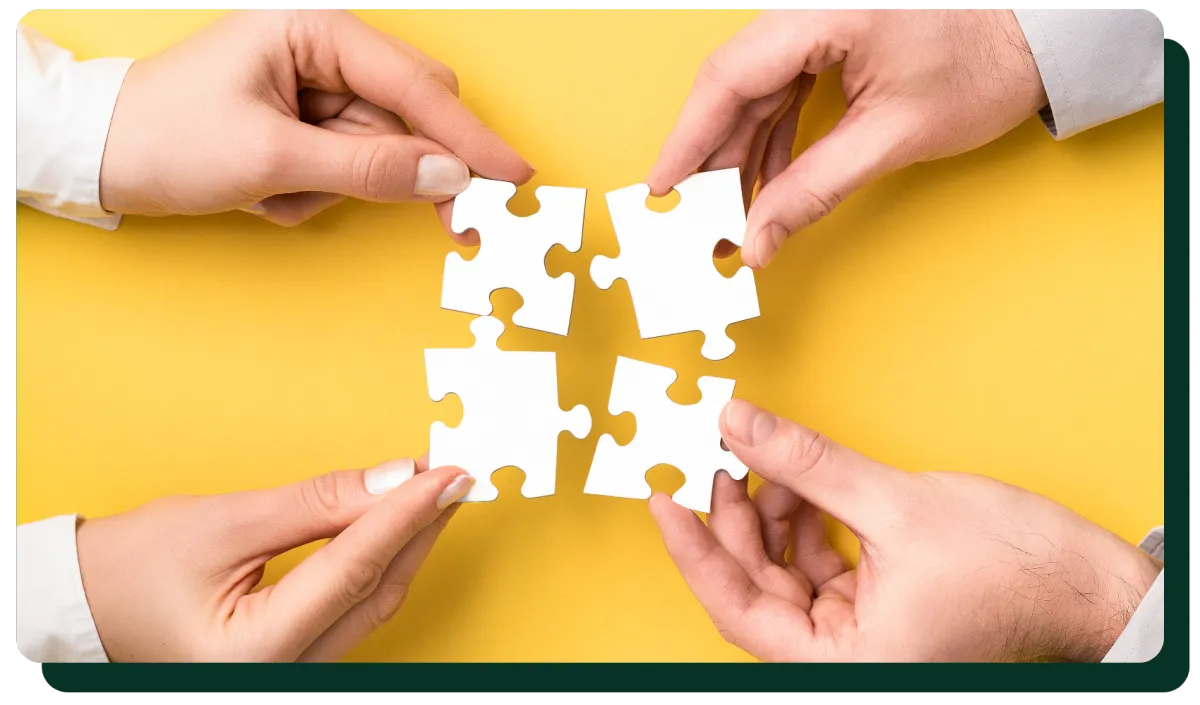
When Collaboration Works and When It Explodes
Collaboration is one of the most compelling words in modern organizations. Leaders urge people to collaborate more, and teams are encouraged to work together across functions and disciplines. At its best, collaboration creates energy and innovation that no individual could achieve alone. At its worst, it devolves into endless meetings, conflict, and wasted effort.
Understanding why collaboration works in some contexts and fails in others begins with psychology. Human dynamics, not just processes, determine whether teams move forward or fall apart.
Why Collaboration Works 🤝
Collaboration succeeds when three conditions are present:
Trust: Team members believe in each other’s intentions and competence. Without trust, collaboration becomes guarded and defensive.
Clarity: People share an understanding of purpose, outcomes, and methods. When everyone defines success differently, even goodwill cannot keep things together.
Motivation: Individuals feel their contributions matter and that the effort will lead to progress. Motivation fuels the energy needed to sustain collaborative work.
When these conditions align, collaboration produces flow. Communication feels natural, people build on one another’s ideas, and results exceed expectations.
Why Collaboration Flounders 😵
Collaboration collapses when those same conditions are missing. A lack of trust makes people second-guess motives. Poor communication leads to misunderstanding. Unclear goals leave people working at cross purposes. Motivation declines when effort does not connect to progress.
The results are familiar:
Meetings dominated by conflict and/or avoidance rather than creativity.
Teams that talk more about each other than with each other.
Work that slows down instead of speeding up.
Individuals who withdraw to protect themselves.
When collaboration fails, the fallout is often more damaging than if people had simply worked separately.
The Psychology Behind the Difference 🧠
At its core, collaboration depends on how people experience safety and accountability. Safety creates the confidence to share ideas without fear of ridicule. Accountability ensures that contributions connect to outcomes. When either is missing, collaboration becomes unbalanced. Too much safety without accountability leads to comfort without progress. Too much accountability without safety creates pressure and defensiveness.
The right balance allows people to bring their full selves into the process while staying focused on results.
Leading Collaboration Effectively 🔗
Leaders cannot force collaboration, but they can create conditions that foster it. Key practices include:
Build Trust Deliberately: Be transparent, follow through, and create space for open dialogue.
Clarify Purpose and Outcomes: Ensure everyone understands why the collaboration exists and what success looks like.
Establish Clear Methods: Define how decisions will be made and how conflicts will be resolved.
Celebrate Small Wins: Progress builds momentum and keeps motivation high.
Model Collaborative Behavior: Show what it looks like to listen well, build on others’ ideas, and stay focused on outcomes.
Collaboration as a Choice 📌
Collaboration is not automatically good. It is a choice that requires clarity, trust, and motivation to succeed. When those elements are present, collaboration amplifies human potential. When they are missing, it explodes into frustration and wasted effort.
Leaders who understand the psychology of collaboration know that its success is not about forcing people into the same room but about creating the conditions where teamwork can truly thrive.
